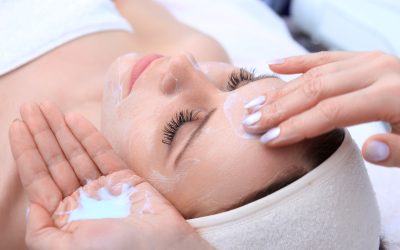A medical spa is the combination of a medical clinic and a day spa that also has a doctor’s supervision available. These facilities are designed to treat patients that have skin conditions that cannot fully be treated by a traditional esthetician. While spa treatments may differ, some offer laser hair removal, IPL(intense pulsed light) treatments, chemical peels, microdermabrasion, Botox and fillers, skin tightening, and photo facials.
Conditions that are specially targeted by such clinics are brown sports, acne scarring, redness, and broken capillaries. Though medical spas don’t have quite the same relaxing environment as day spas, they have relaxation massages and body treatments. Spas that are focused on wellness even have acupuncture, nutritional counselling, and naturopathic consultations with professionals. Choosing a medical spa that meets certain standards is important, and there are many things people must know before visiting one.
When looking around at different medical spas, people should be sure to ask who owns and operates the facility and inquire about certification and licensing. While a medical doctor must technically “oversee” procedures, this doesn’t necessarily mean they are physically present. It’s important to know who will be performing procedures and if they have been adequately trained. Untrained employees can cause patients to be injured during the treatment.
Another question to ask is what kind of equipment is used and how old it is. The reason prices for treatments are so high is because most of the payment is going to pay for the equipment. The equipment used at the Medical Spa in Charleston SC should be up-to-date, as technology is ever changing and updated devices can lead to a more pleasant experience.
How many treatments will be needed to clear up a skin condition is also an important consideration. It’s important to note that treatment plans differ from person to person, and it’s common to be given an open range when inquiring about how long it will take to see results. Some people respond in just one treatment, while others will have to go back several times before even seeing a little bit of progress. A patient can ask their therapist what the average number of treatments is for a certain procedure, how frequently treatments are, and how to maintain results.



